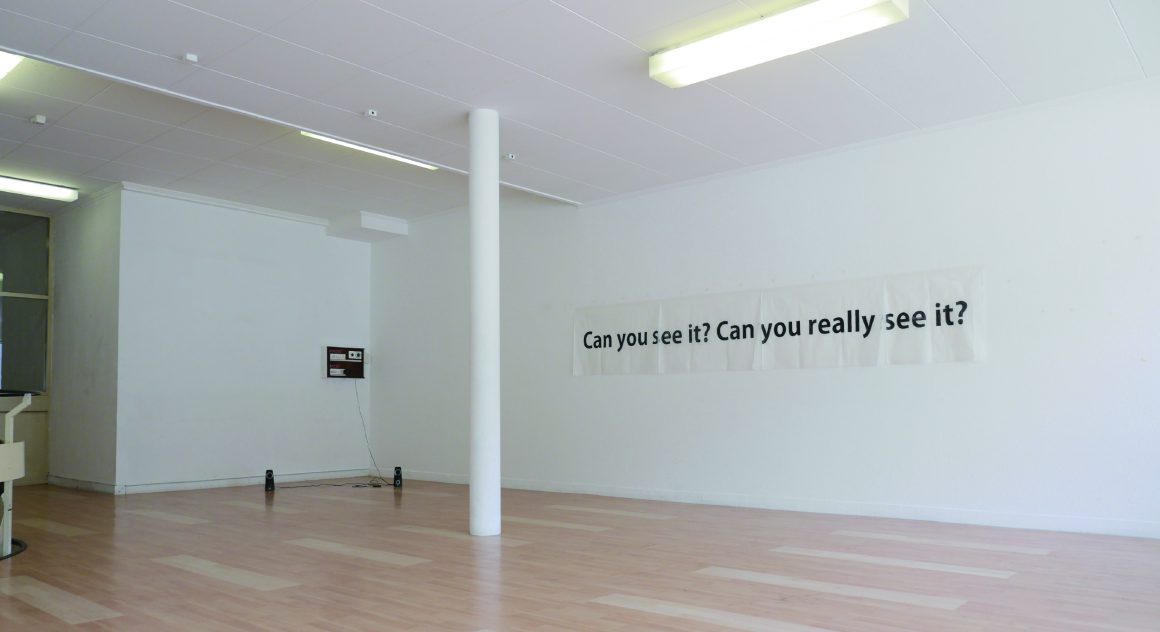
図1-11 個展「Linguistic Montage」での展示風景(筆者撮影)
Figure 1-11. Installation view at the solo exhibition Linguistic Montage (photo by the author).
4. 移動すること、主題よりも周縁、そして声
4. A moving, the periphery rather than the subject, and the voice
個展「Linguistic Montage」
もう1つ関連する僕の過去作品として、スイスのシエールにあるギャラリーMAXXX – Project Spaceで2015年に発表した展覧会「Linguistic Montage[1]」(図1-11)がある。この展覧会は、2015年に同地にあるアーティスト・イン・レジデンスVilla Ruffieuxで約2ヶ月滞在制作を行なった成果である。シエールで晩年を過ごしたオーストリアの詩人ライナー・マリア・リルケ(1875-1926)の『マルテの手記[2]』からインスピレーションを得て制作された作品を展示した。
リルケの『マルテの手記』では、パリの生活、幼年時代の思い出や読書体験、歴史上の人物の様々なエピソードの断片的スケッチなどが、一人称の語り手によって、雑多なモンタージュのように語られている。
この展覧会では、映像作品《夜がくりかえす[3]》および映像作品《およいでいる[4]》(図1-13)を中心にして構成されるインスタレーション作品を発表した(図1-12)。それらの映像作品は、時間イメージと言葉の連関が生み出す効果に着目しつつ、イギリス、東京、上海、スイス、フランス、韓国など、僕のそれまでの旅の道程での体験をiPhoneやコンデジで記録した映像とスイスでの生活を記録した映像を素材にして、『マルテの手記』のように一人称の語り手を加え、雑多なモンタージュによって編まれたものである。
Solo exhibition Linguistic Montage
Another related past work is the exhibition Linguistic Montage[1] (Figures 1-11), which was presented in 2015 at the gallery MAXXX – Project Space in Sierre, Switzerland. The exhibition was the result of a two-month residency at the artist-in-residence Villa Ruffieux in 2015. The exhibition featured works inspired by the Austrian poet Rainer Maria Rilke (1875-1926), who spent the last years of his life in Sierre, and his The Notebooks of Malte Laurids Brigge[2].
In Rilke’s The Notebooks of Malte Laurids Brigge, life in Paris, childhood memories and reading experiences, and fragmentary sketches of various episodes of historical figures are told by the first-person narrator in a motley montage.
In this exhibition, I presented an installation work composed mainly of the video work Night Repeated(Figs. 1-12)[3] and the video work Floating[4] (Figs. 1-13). These video works, focusing on the effect created by the linkage of time images and words, were made from footage recorded by iPhone and condenser digital cameras of my previous travel experiences in England, Tokyo, Shanghai, Switzerland, France and South Korea, as well as footage of my life in Switzerland, like in The Notebooks of Malte Laurids Brigge. It is woven through a miscellaneous montage, with the addition of a first-person narrator.
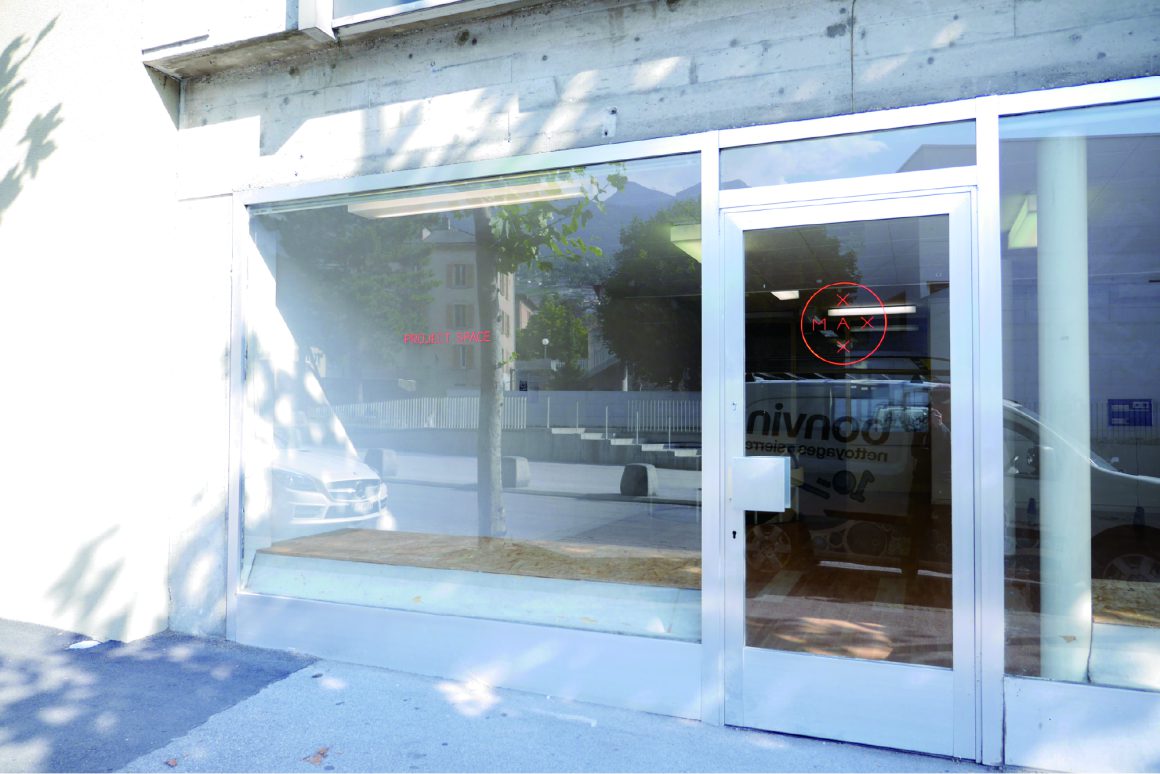
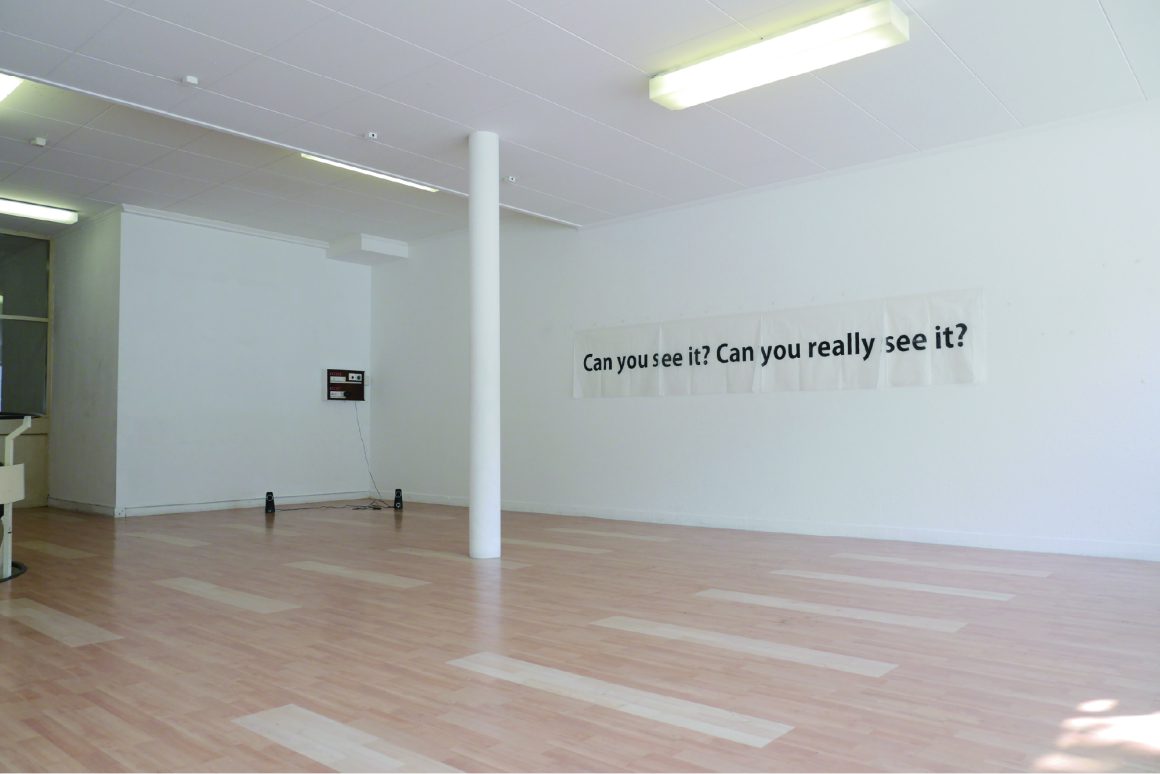
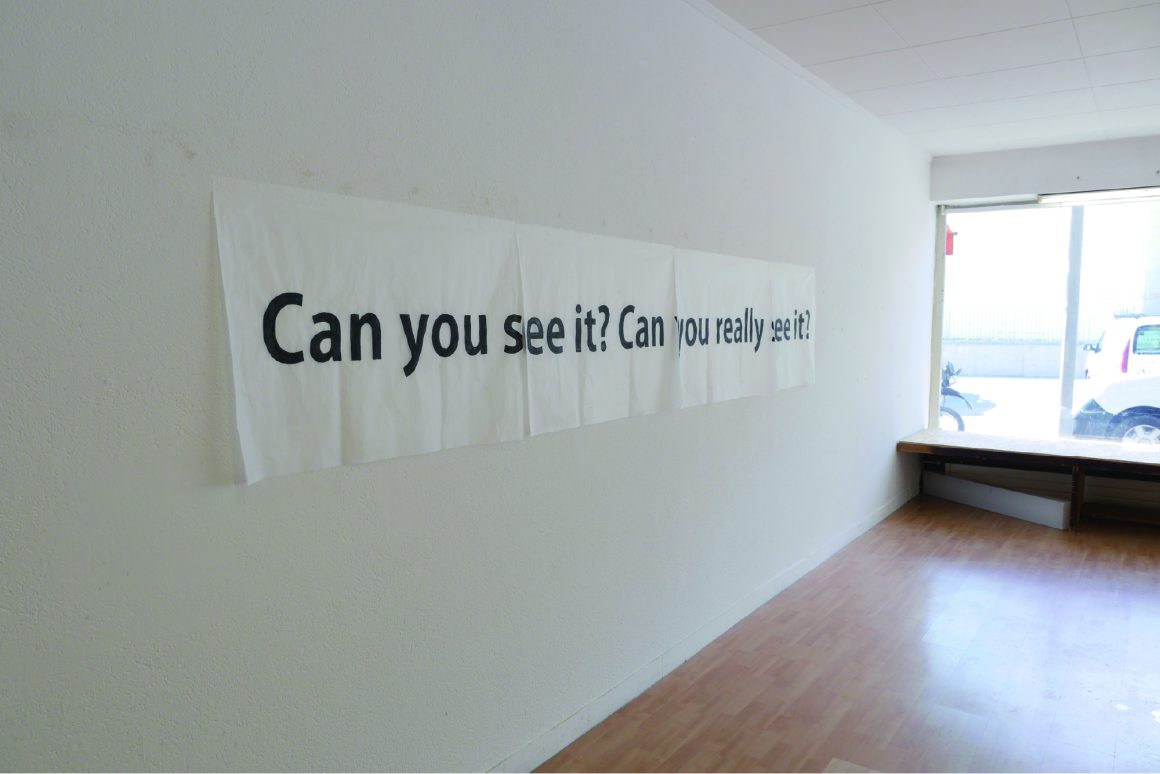
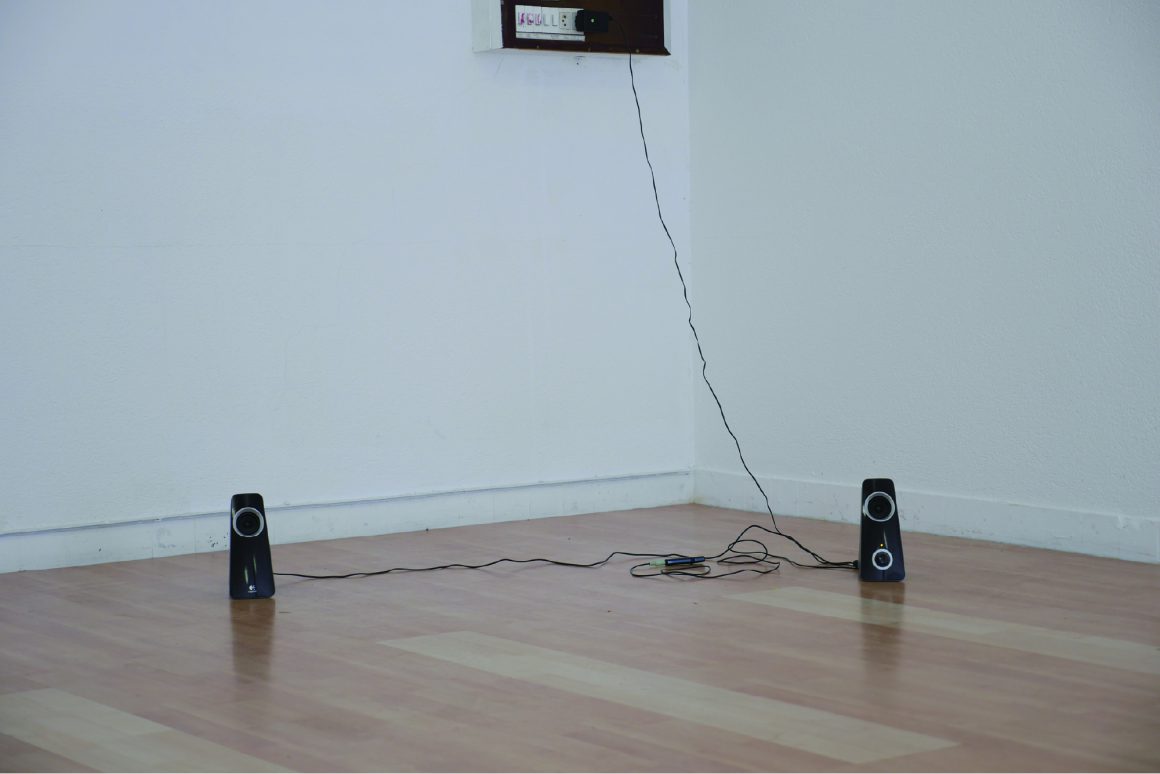
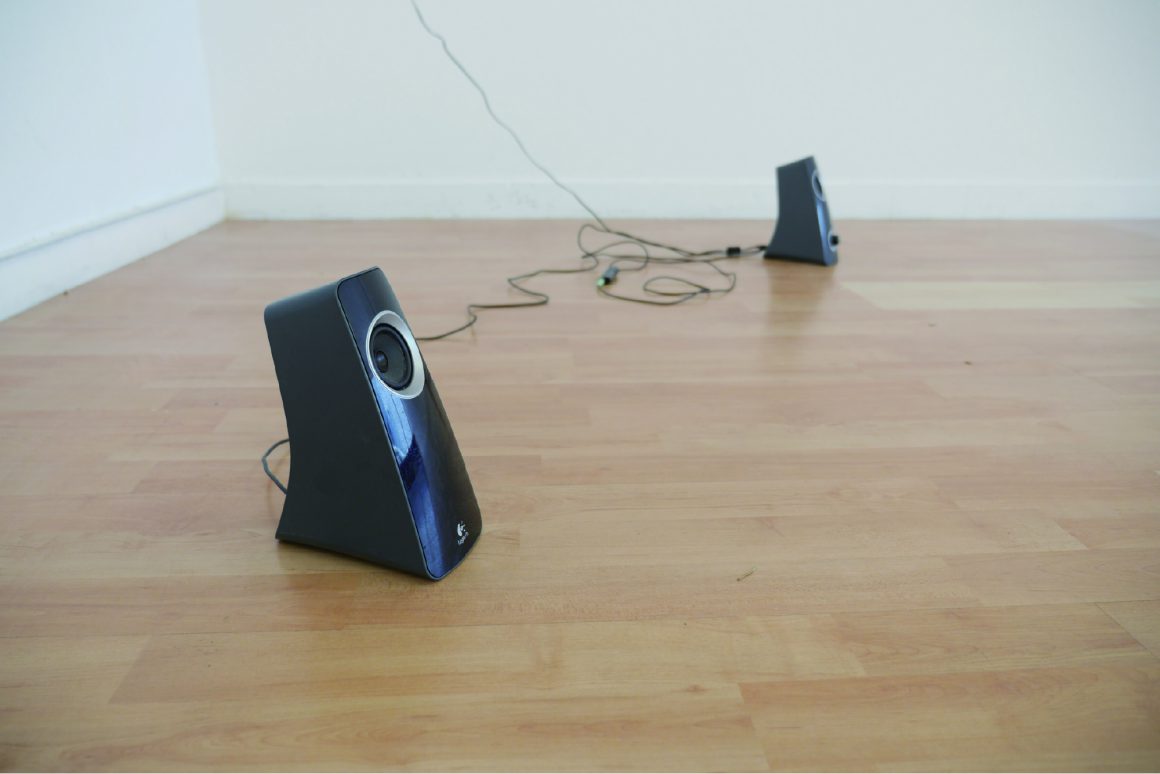
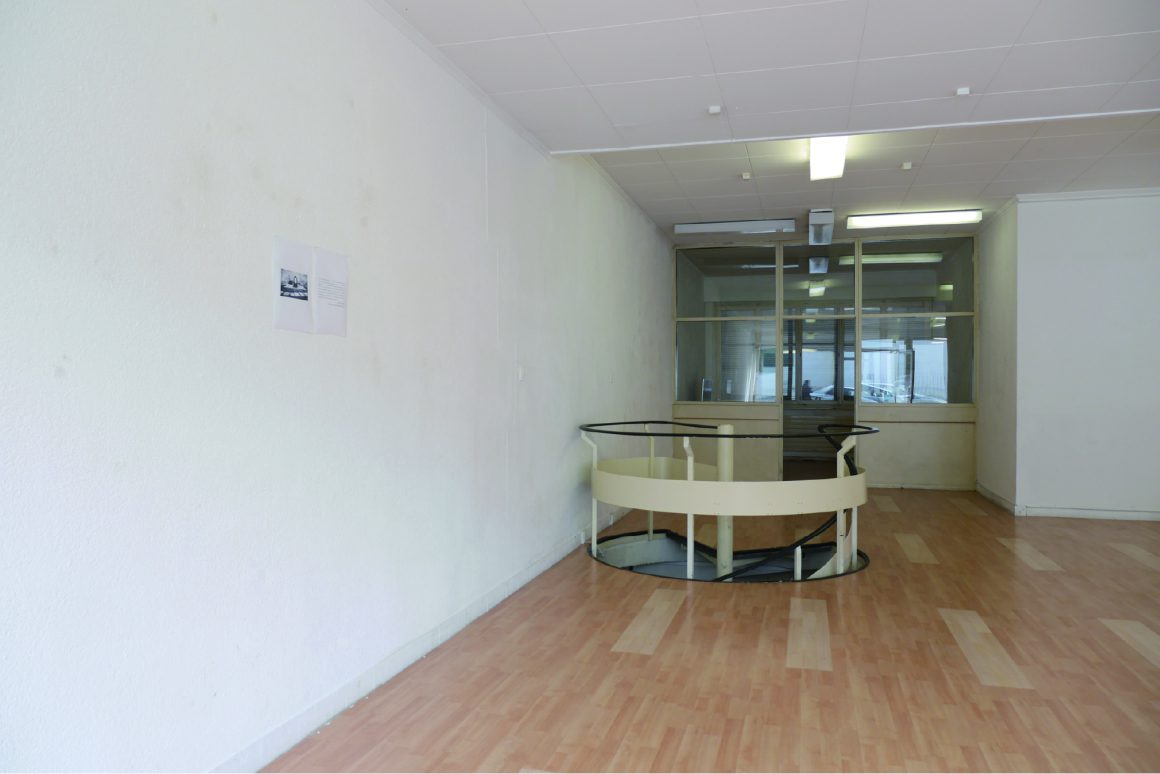
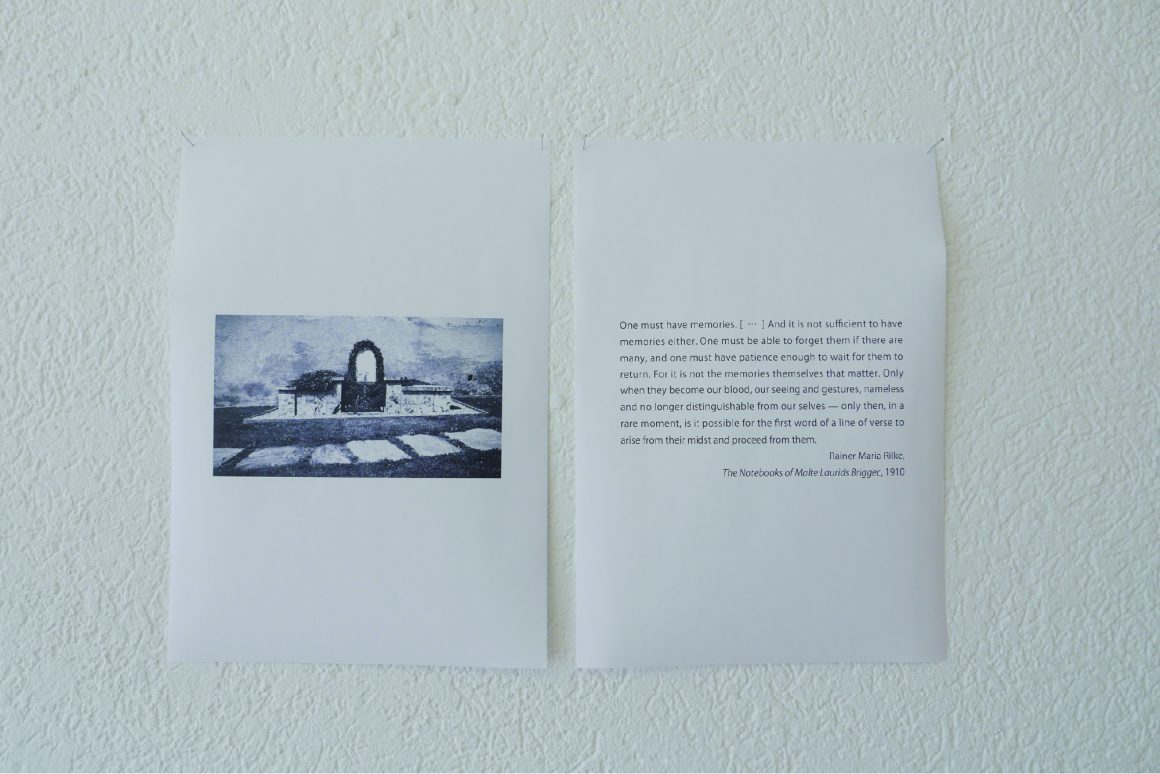
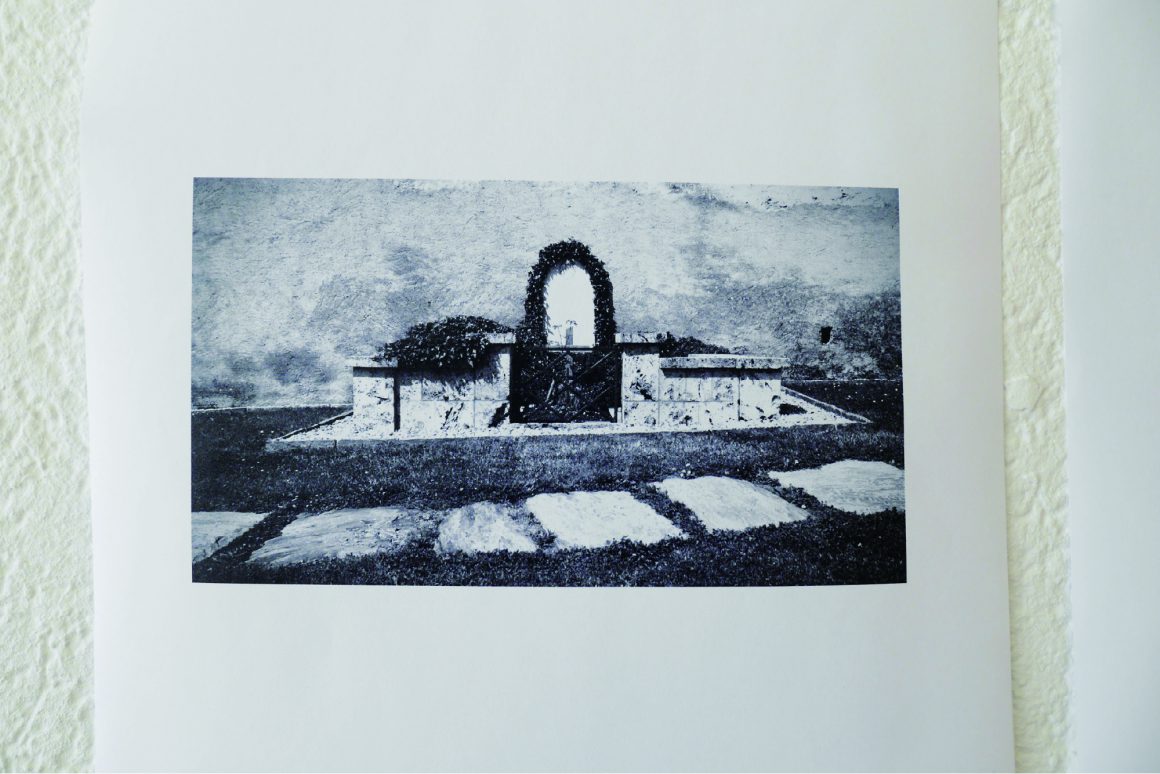
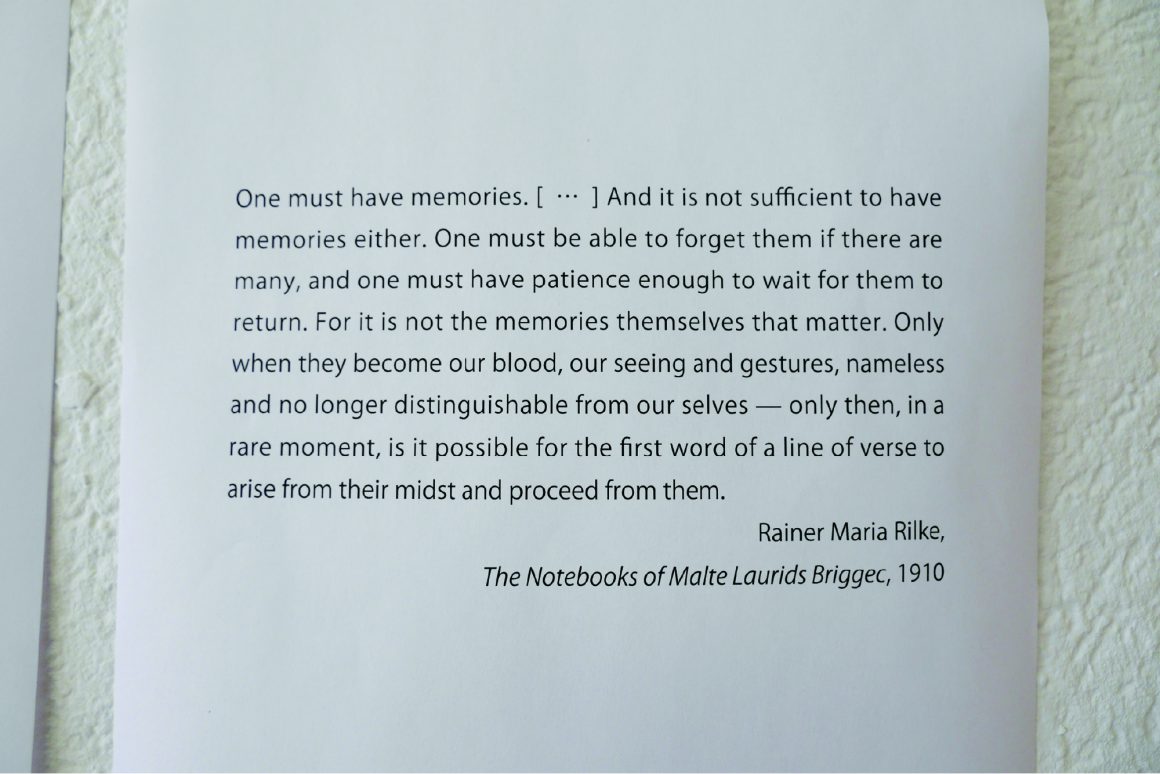
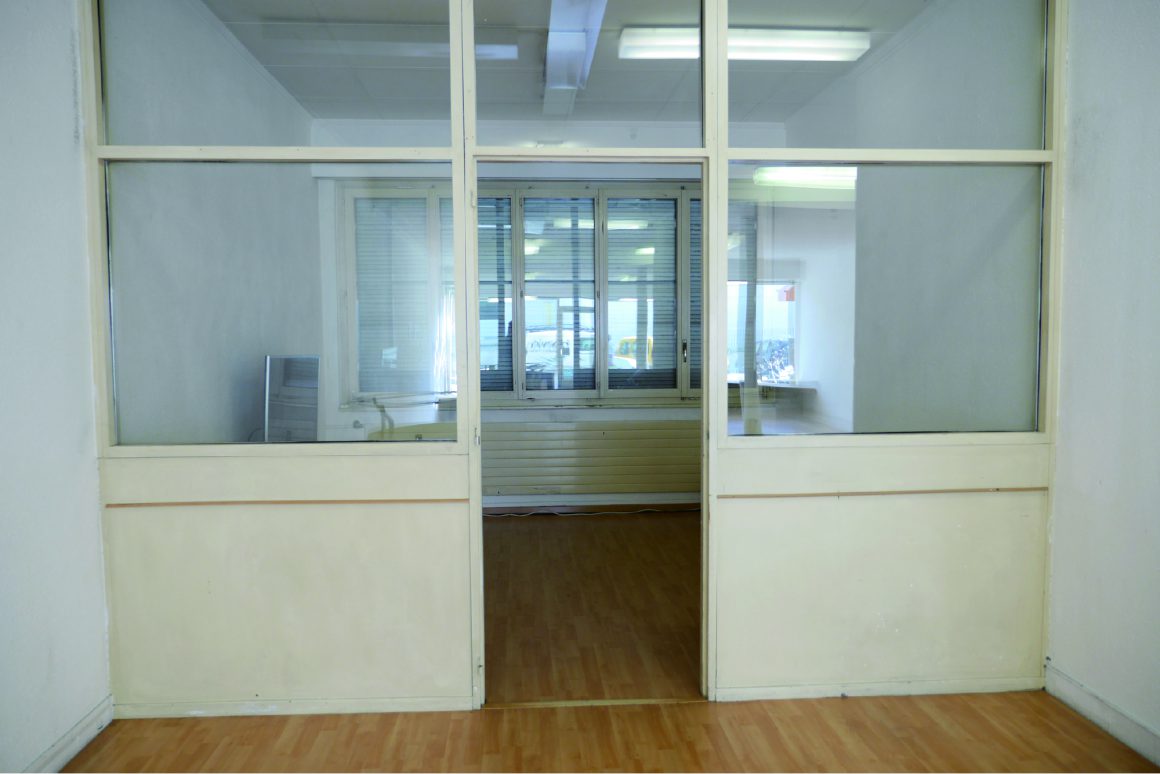
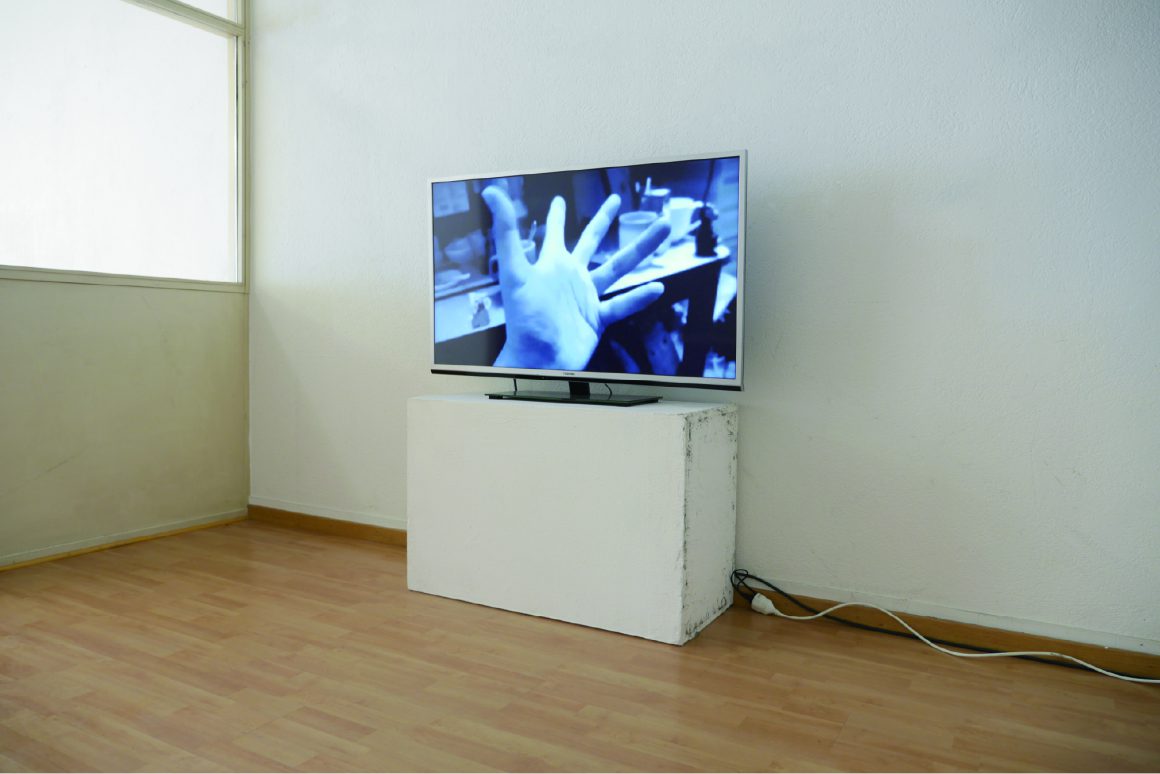
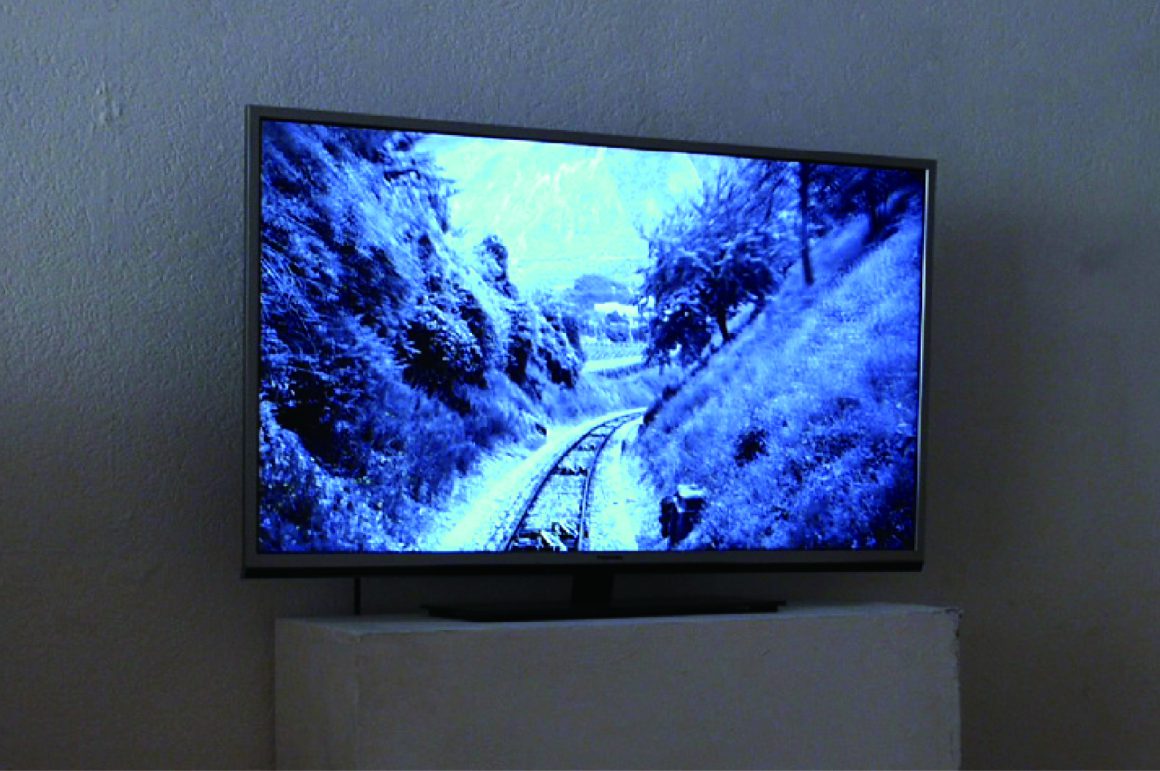
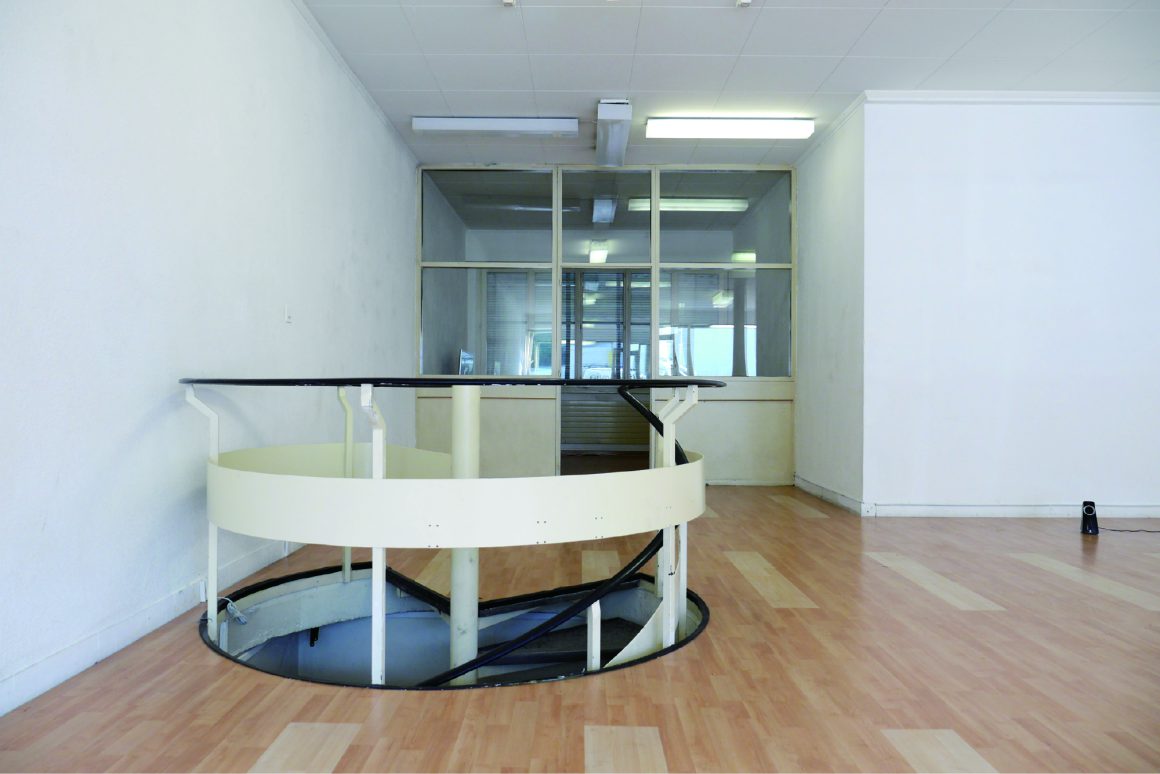
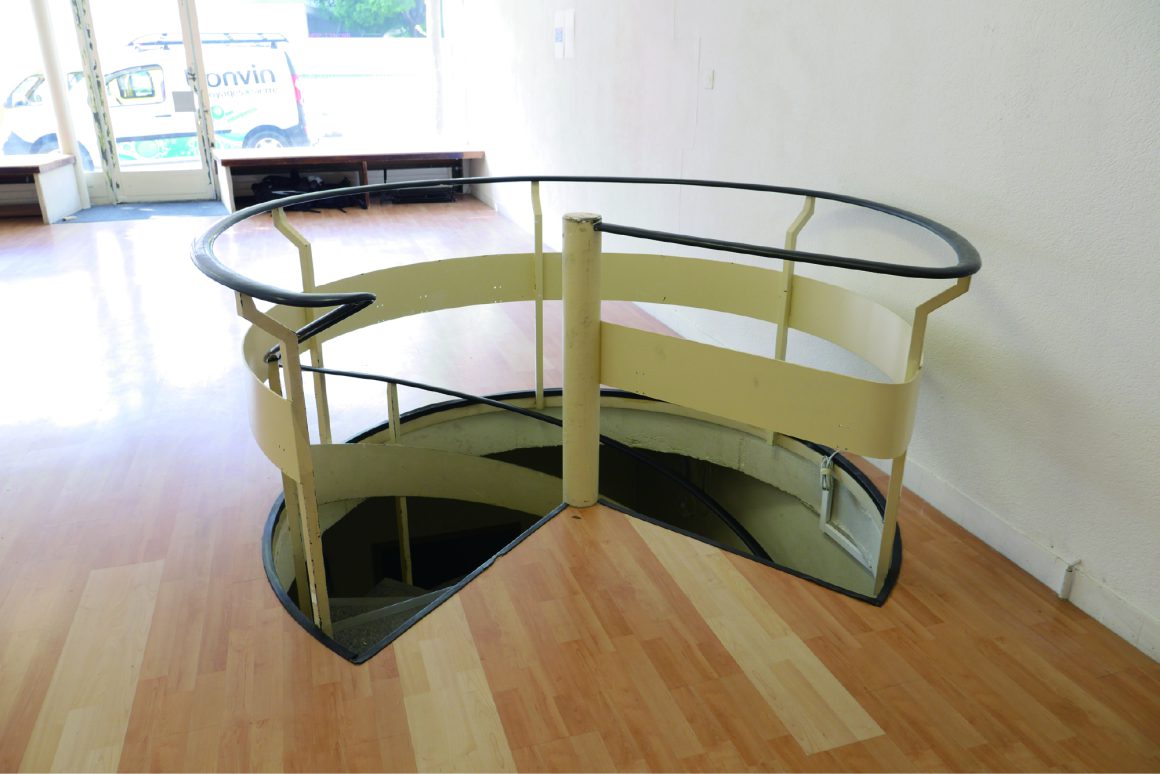
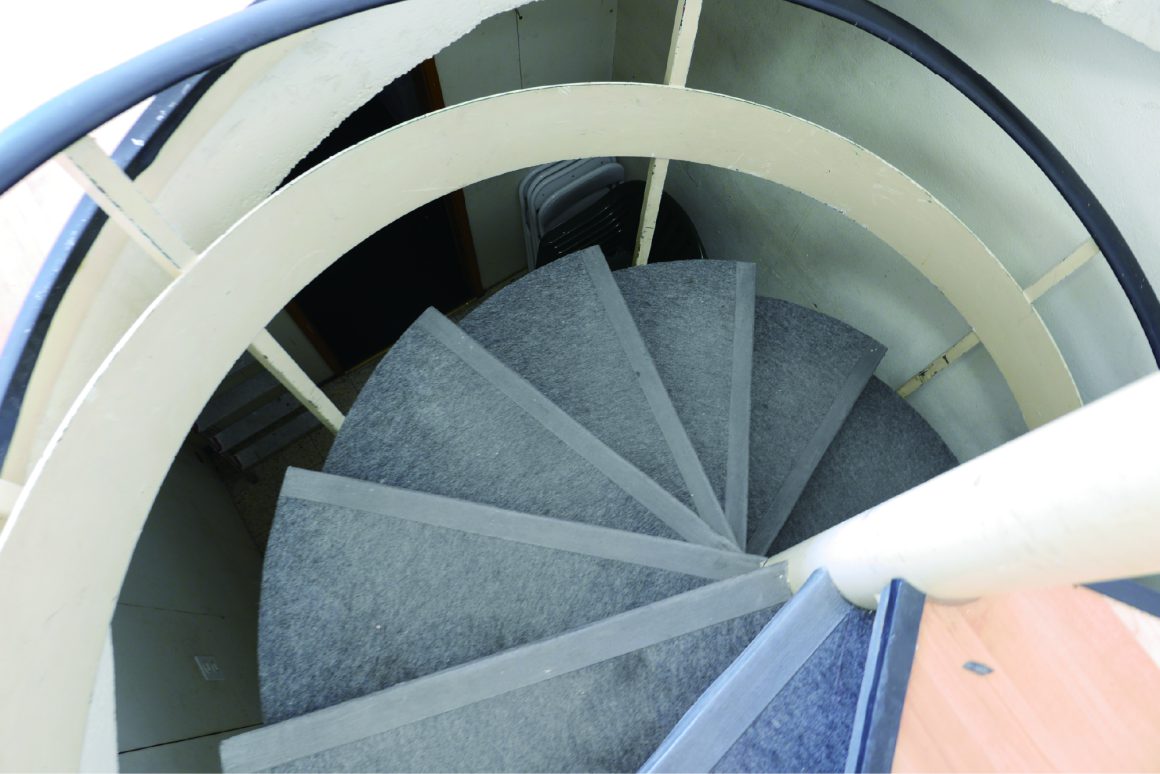
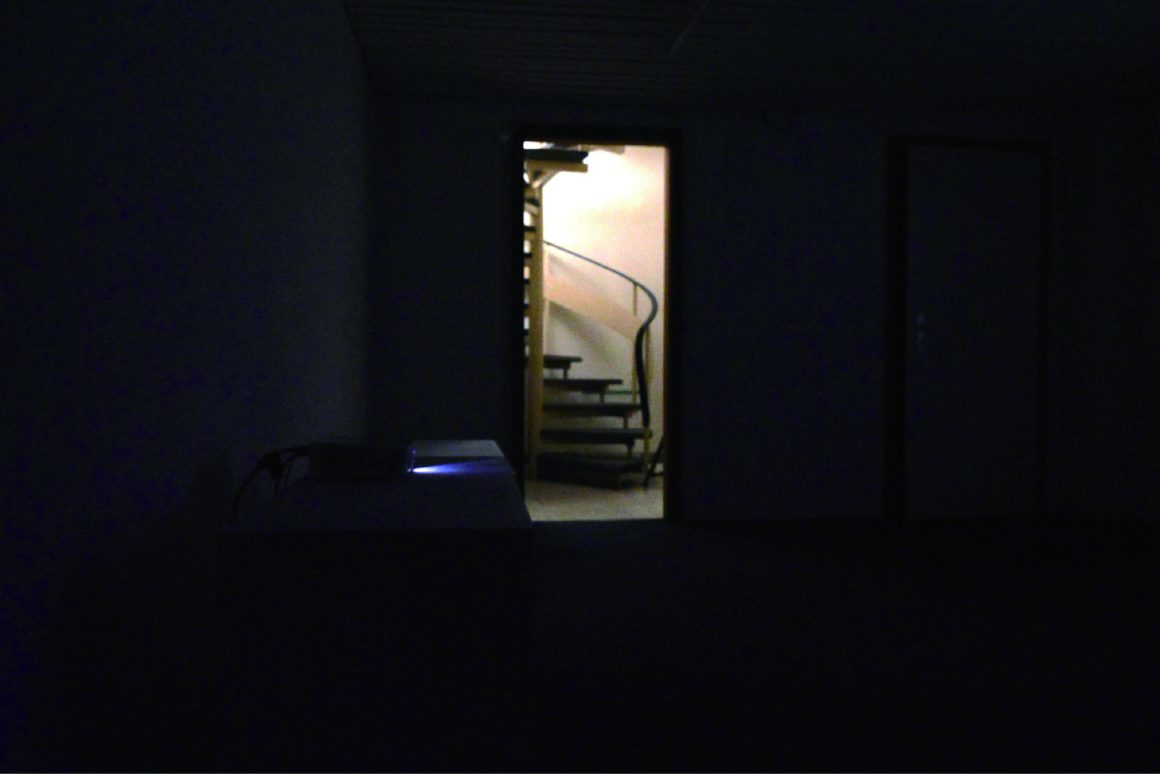
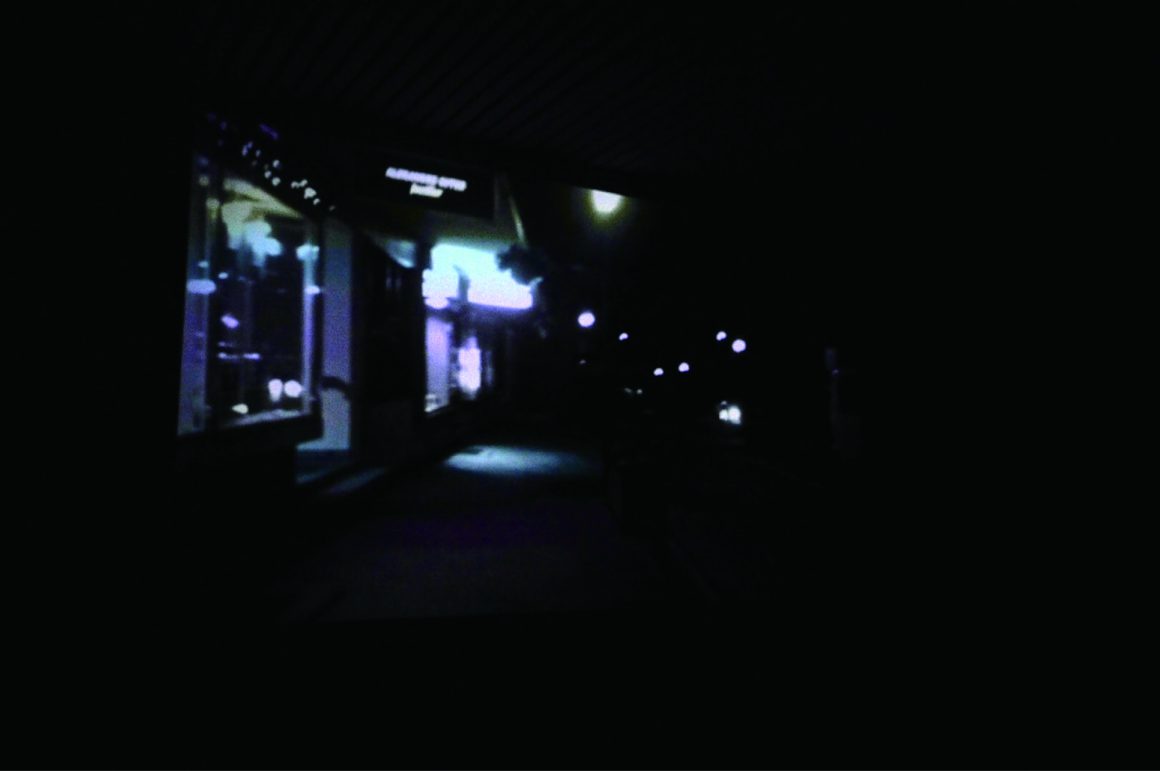
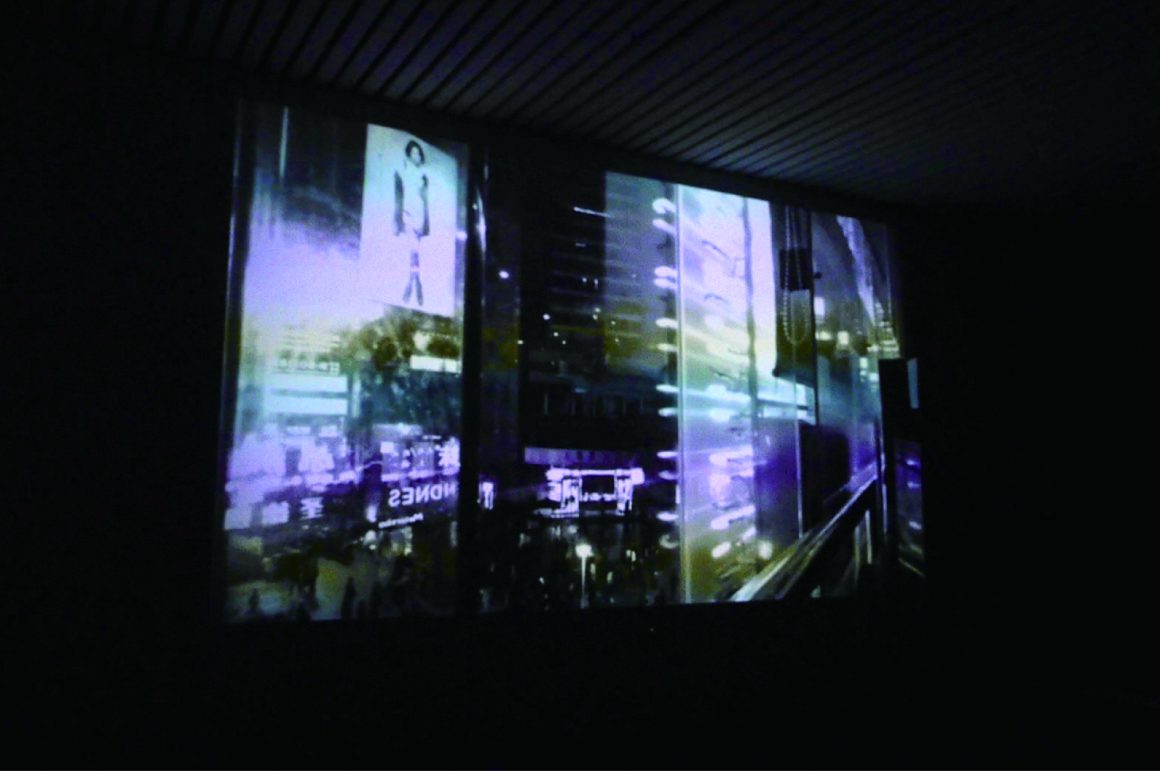
この展覧会において僕が試みたことは、個展「Progressive Belief in Doub, LE Bind」の延長線上にあった。この展覧会では、作品制作を通じて僕が亡くなった祖父と出会うことが主題であった。「Linguistic Montage」では、僕と詩人リルケとの出会いが主題であった。
この展覧会に出品した2つの映像作品は、両者ともに最初はリルケが実際に訪れた場所や暮らした家やリルケが眠る墓、そしてリルケの詩に綴られた風景などを訪問することから始まった。その旅のプロセスでの些細な出来事や出会いを映像で記録していき、最終的にはリルケにまつわるスイスのシエール近辺で撮影した映像だけではなく、それまでの各国での僕の旅のプロセスで記録された断片的な映像群も一緒にモンタージュさせながら両者の作品を完成させた。これらの映像作品でも、前作「Progressive Belief in Doub, LE Bind」同様、リルケの人生をただトレースするのではなく、そこから図らずもズレて行き、僕自身の体験の記録となっている点が特徴的である。
映像作品《夜がくりかえす》と《およいでいる》には、『マルテの手記』の手法を踏襲するかたちで、一人称で詩的に綴られたテキストが作者自身の語りによるヴォイス・オーバー[5]として付け加えられている。例えば、大阪の淀屋橋の街並みからシエールの街並みへと繋がられるような一見無関係な映像の断片の連なりに1つのまなざしを投影させようとしたのである。
振り返ってみると、カメラを抱えて移動し続けることによって、その都度出会うものに半当事者性を持ちつつも、しかし図らずも主題そのものよりもその周縁に着目してしまうという映像メディアの特性にもあえて引きずられていくことは、映像の活用方法の可能性を広げるために、とても重要であるように思われる。この繰り返しによって生み出される創造性やヴォイス・オーバーを活用した手法は、後の僕の研究の着眼点である。
—
[1] 澤崎賢一(2015)「Linguistic Montage」MAXXX – Project Space, スイス
[2] ライナー・マリア・リルケ(1973)『マルテの手記』望月市恵訳, 岩波書店
[3] 澤崎賢一(2015)《夜がくりかえす》フルHD(8分30秒)
[4] 澤崎賢一(2015)《およいでいる》フルHD(9分4秒)
[5] ヴォイス・オーヴァーとは、映像と同期していないナレーターなどの声のことを指す。
What I tried to do in this exhibition was an extension of my solo exhibition Progressive Belief in Doub, LE Bind. In this exhibition, the subject was my encounter with my late grandfather through the production of artworks. Linguistic Montage was about my encounter with the poet Rilke.
Both of the two video works in the exhibition started out by visiting the places Rilke visited, the houses where he lived, the graves where he is buried and the landscapes described in his poems. I recorded small events and encounters during the process of these journeys on film, and eventually completed both works by creating a montage of not only footage shot in the vicinity of Sierre in Switzerland related to Rilke, but also fragments of footage recorded during my journey in various countries up to that point. As in the previous work Progressive Belief in Doub, LE Bind, these video works do not simply trace Rilke’s life, but rather deviate from it and become a record of my own experiences, which is a characteristic feature of these works.
In the video works Night Repeated and Floating, the first-person poetic text is added as a voice-over[5] by the author himself. The film attempts to project a gaze onto a series of seemingly unrelated visual fragments, for example, connecting the streets of Yodoyabashi, Osaka, to the streets of Sierre.
In retrospect, it seems very important, in order to expand the possibilities for the use of images, to be drawn to the characteristics of the visual media, which, by moving around with a camera, makes us semi-participant in what we encounter each time, but also dares to focus on the periphery of the subject rather than on the subject itself. This seems to be very important in order to expand the possibilities of how images can be used. The creativity generated by this repetition and the method of utilising voice overs are the focus of my later research.
[1] Kenichi Sawazaki (2015), Linguistic Montage, MAXXX – Project Space, Switzerland
[2] Rainer Maria Rilke (1973), The Notebooks of Malte Laurids Brigge Translated by Ichie Mochizuki, Iwanami Shoten
[3] Kenichi Sawazaki (2015), Night Repeated, Full HD(8min30sec)
[4] Kenichi Sawazaki (2015), Floating, Full HD(9min4sec)
[5] Voice-over refers to a narrator or other voice that is not synchronised with the video.